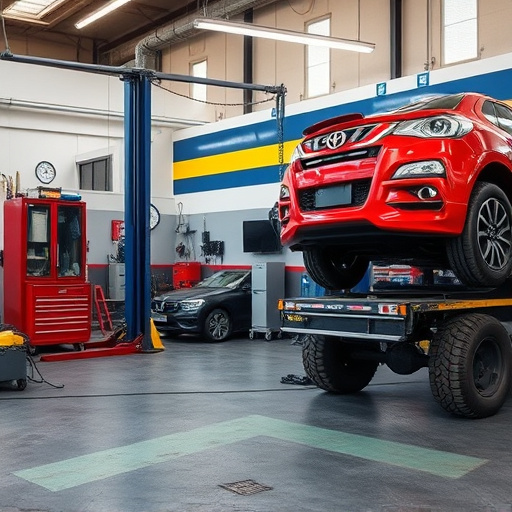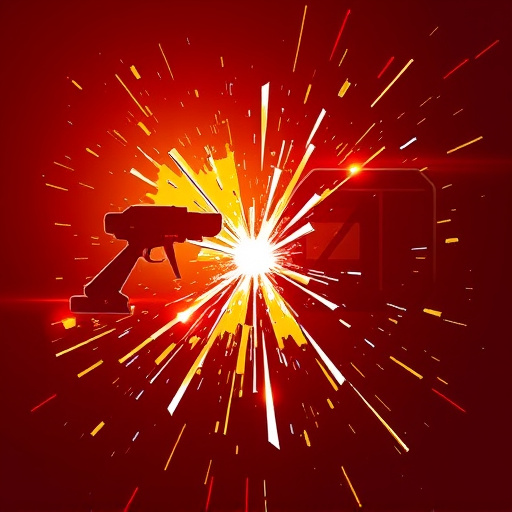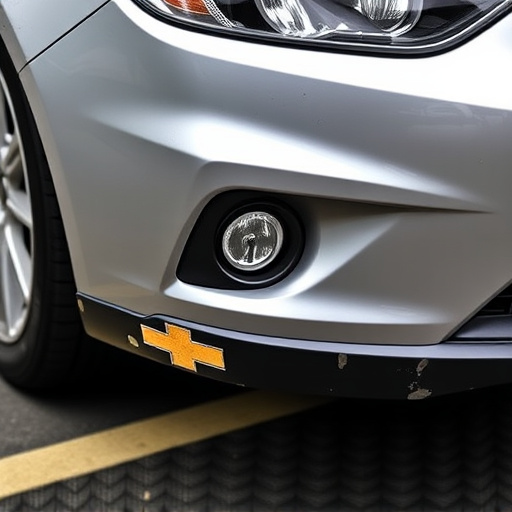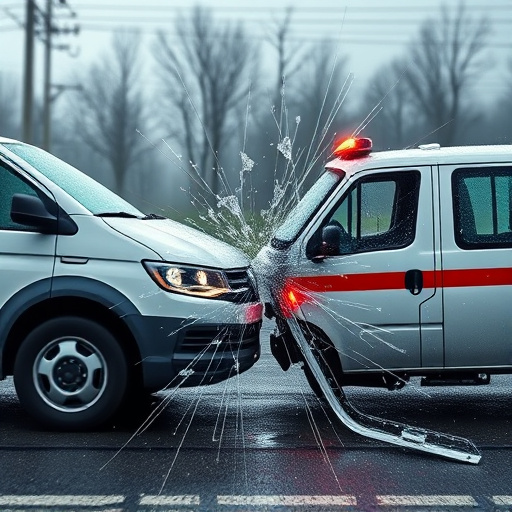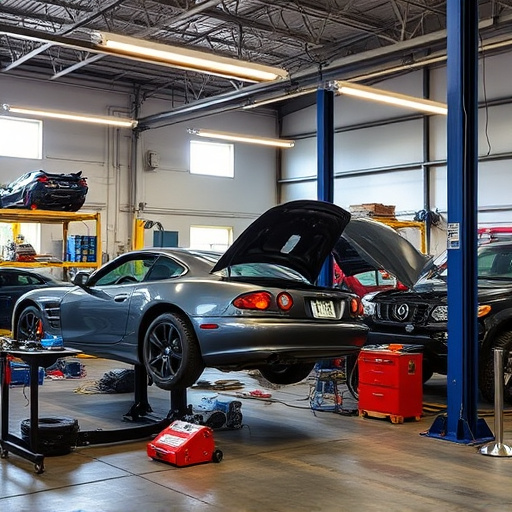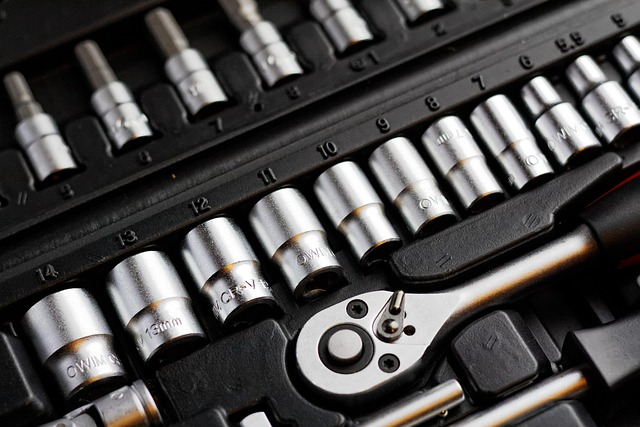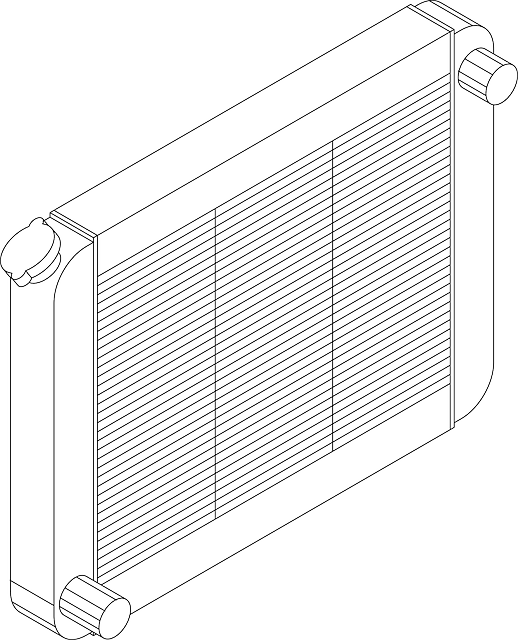By 2025, technological advancements revolutionize safety glass replacement in the automotive industry. Stronger, impact-resistant glass and modern repair technologies streamline installations while enhancing structural integrity and reducing injury risk during collisions. Advanced techniques and materials significantly lower injury and death rates on the road, prioritizing motorist protection and vehicle restoration quality.
In 2025, safety glass replacement remains a vital life-saving measure. With evolving safety standards, this ancient yet adaptable practice continues to revolutionize building security. Advanced technologies are enhancing safety glass effectiveness, making it stronger and more impact-resistant than ever. This article explores how modern methods, from smart materials to innovative construction techniques, are keeping folks safer in their homes and workplaces. Discover the real-world impact of these advancements and understand why safety glass replacement remains an indispensable tool for hazard mitigation.
- Evolving Safety Standards: Glass Replacement Adapts
- Technology's Role: Enhancing Safety Glass Effectiveness
- Real-World Impact: Lives Saved by Modern Methods
Evolving Safety Standards: Glass Replacement Adapts
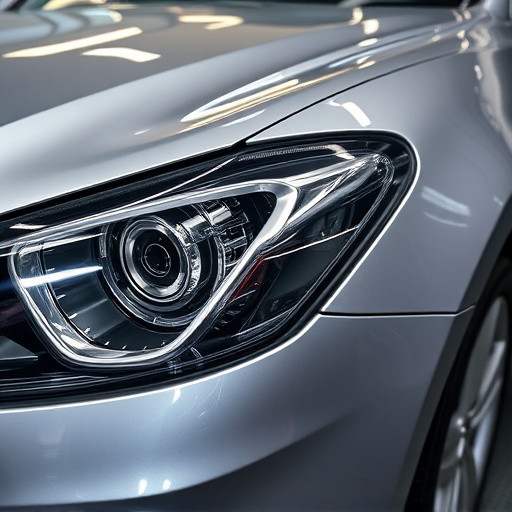
The year 2025 marks a significant evolution in safety standards, especially within the automotive industry. As technology advances, so do our expectations for vehicle safety. Safety glass replacement has played a pivotal role in this progress and continues to be a vital component in safeguarding drivers and passengers. Over time, regulations have become stricter, pushing manufacturers to incorporate more robust materials and designs, which safety glass replacement specialists eagerly adapt to.
Modern vehicles are designed with advanced crash-test protocols in mind, ensuring that every part, from the frame to the windows, meets rigorous safety criteria. Collision damage repair, once a complex and costly process, has been streamlined, allowing for efficient repairs, including fender bender fixes and fleet repair services. Safety glass replacement experts stay at the forefront of this evolution, utilizing innovative techniques and high-quality materials to ensure that every vehicle on the road adheres to the latest standards, ultimately saving lives and reducing injuries in the event of an accident.
Technology's Role: Enhancing Safety Glass Effectiveness

Advancements in technology have significantly contributed to making safety glass replacement an even more effective life-saving measure in 2025. Modern innovations have led to the development of stronger, impact-resistant glass that can better withstand forces generated during accidents. This enhanced durability ensures that shards remain intact and do not scatter upon impact, reducing the risk of severe injuries or fatalities.
Additionally, new technologies in auto body repairs, such as precision cutting and advanced bonding techniques, have streamlined the replacement process. These improvements mean that safety glass can be swiftly and accurately installed, ensuring a secure fit without compromising structural integrity. This is particularly crucial for vehicle restoration projects, where the use of high-quality safety glass not only enhances safety but also preserves the aesthetic value of the restored vehicle.
Real-World Impact: Lives Saved by Modern Methods
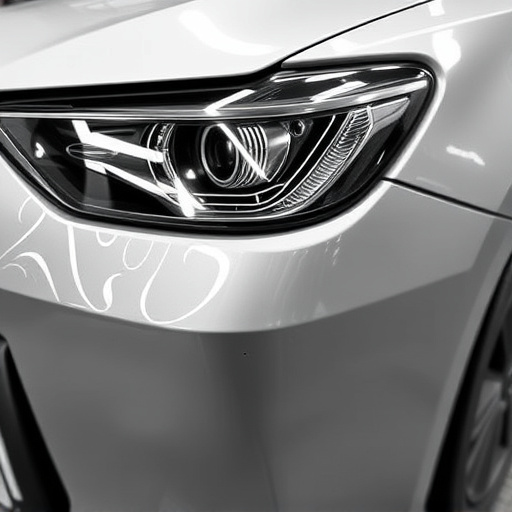
In the realm of automotive safety, the impact of modern glass replacement techniques is undeniable. Safety glass replacement has evolved to become a life-saving measure in 2025, thanks to innovative technologies and a deeper understanding of crash dynamics. Modern methods involve advanced materials that not only enhance structural integrity during collisions but also minimize the risk of fatal injuries. For instance, auto repair services now employ impact-resistant laminates that remain intact even under extreme forces, preventing sharp shards from piercing through and causing severe trauma.
This advancement is particularly significant in collision repair centers where automotive body work often involves intricate glass replacements. Real-world data attests to the effectiveness of these modern practices; statistics show a marked reduction in injury and death rates among motorists and passengers involved in vehicular accidents, emphasizing the critical role that safety glass replacement plays in protecting lives on the road.
In 2025, safety glass replacement remains a vital life-saving measure. With evolving standards and technological advancements, modern methods have enhanced the effectiveness of safety glass, ensuring structures meet stringent safety requirements. The real-world impact is undeniable—lives are being saved thanks to these improved techniques. As we continue to navigate construction’s dynamic landscape, prioritizing safety glass replacement will undoubtedly contribute to safer communities and more robust infrastructure.

